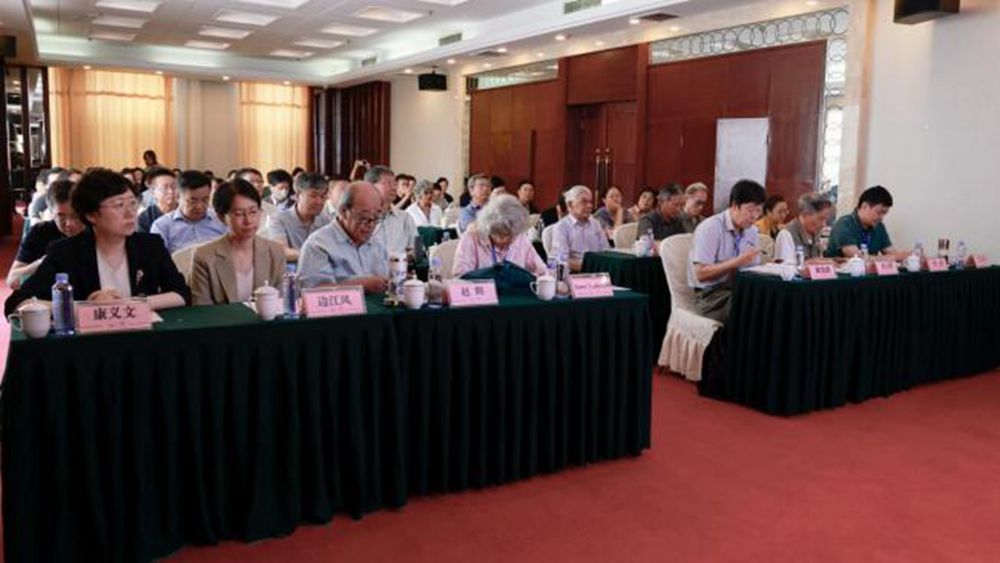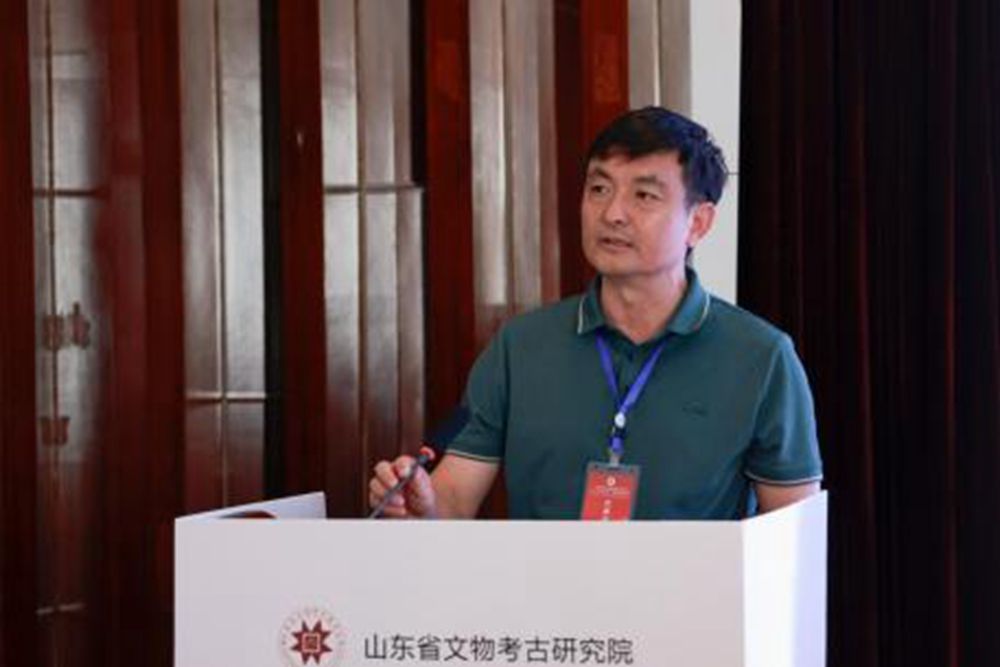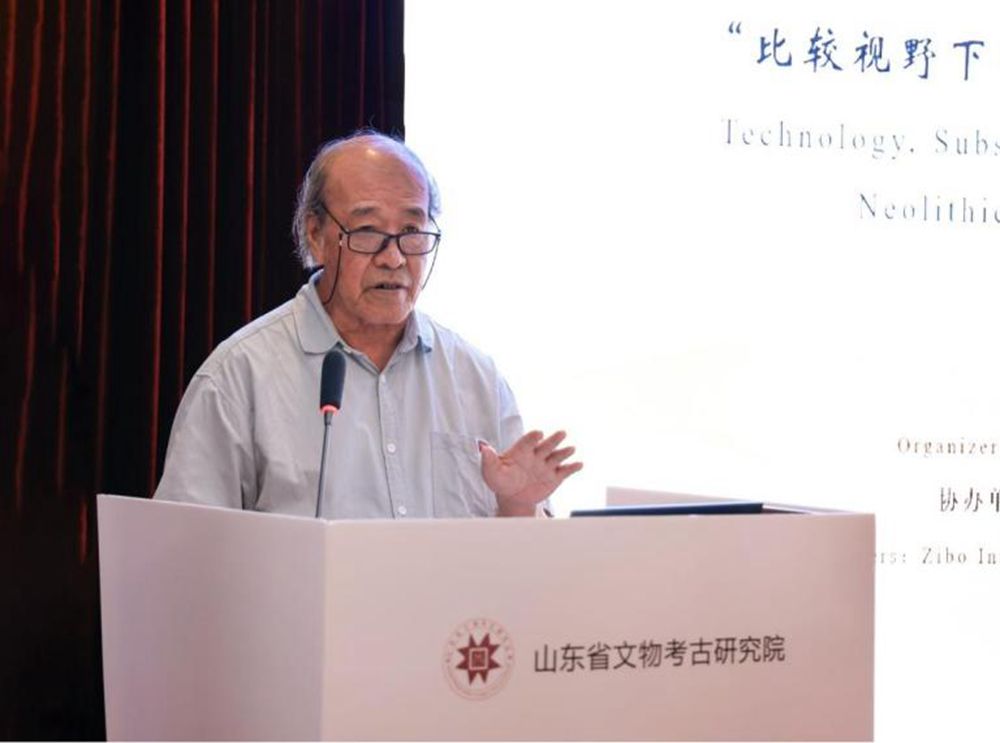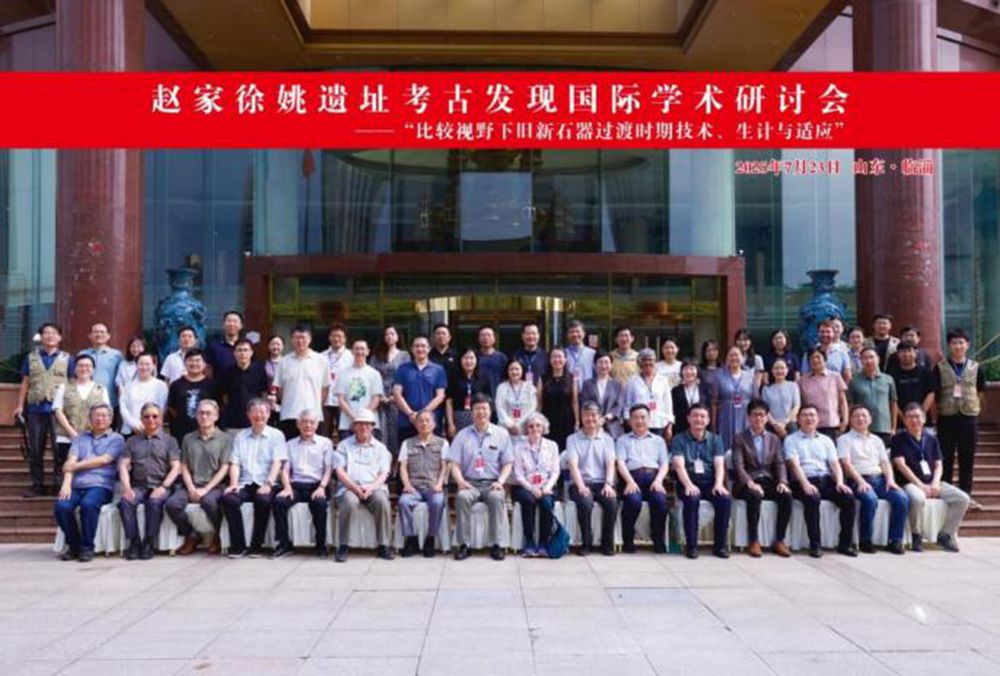International Symposium on Archaeological Discovery of Zhaojia Xuyao Site was Held in Shandong Province
Recently, the “International Symposium on Archaeological Discovery of Zhaojia Xuyao Site” was held in Linzi District, Zibo City, Shandong Province. The symposium was hosted by Shandong Provincial Institute of Cultural Relics and Archaeology, and co-organized by Zibo Institute of Cultural Relics and Archaeology and Cultural Relics Bureau of Linzi District.

The symposium attracted widespread attention from various sectors of society. Officials from the Provincial Department of Culture and Tourism, the Zibo Municipal People’s Government, the Linzi District People’s Government, and other relevant bodies attended the symposium. Approximately 40 experts and scholars from domestic and international higher education institutions and research organizations participated, including representatives from Yale University, Furman University, the University of Oregon in the United States, Istanbul University in Turkey, Kumamoto University in Japan, the University of Haifa in Israel, as well as the Chinese Academy of Sciences, Peking University, Fudan University, Renmin University of China, Shandong University, the National Museum of China, and the Hebei Provincial Institute of Cultural Relics and Archaeology.

Sun Bo, Member of the Party Leadership Group and Deputy Director of the Provincial Department of Culture and Tourism, Deputy Director of the Provincial Cultural Relics Bureau, and Secretary of the Party Committee and President of the Provincial Institute of Cultural Relics and Archaeology, delivered the opening speech.
The theme of the symposium was “Technology, Livelihood and Adaptation of the Paleolithic-Neolithic Transition Period in a Comparative Perspective”. A total of 22 scholars reported on the theme from four perspectives: “Theoretical Explorations”, “Regional Comparisons”, “Global Perspectives” and “Archaeological Discoveries and Research at the Zhaojia Xuyao Site”, focusing on theoretical innovation, hot topics, latest discoveries and research progress of the Paleolithic-Neolithic Transition Period. Through multi-disciplinary empirical research and multi-dimensional in-depth discussion, this symposium further clarifies the research path and significance of human technological evolution, shifts in subsistence strategies and environmental adaptation mechanism of the Paleolithic-Neolithic Transition Period, reveals the diversity of cultural features and transition paths in different regions, emphasizes the key driving role of environmental events, and shows the synergistic evolution of human beings in specific regions at the level of technology, cognition and social organization.

Zhao Hui, a professor from the School of Archaeology and Museology of Peking University, made a concluding speech
The symposium provided a high-level platform for interaction and exchange among experts and scholars from different countries, regions, and fields. It offered an opportunity to advance comprehensive research on China’s Paleolithic-Neolithic transition and establish mechanisms for international collaboration. The symposium was characterized by its high standards, substantive content, rigorous research, and broad perspectives, fully reflecting the advanced level of development and promising prospects in the study of China’s Paleolithic-Neolithic transition.



